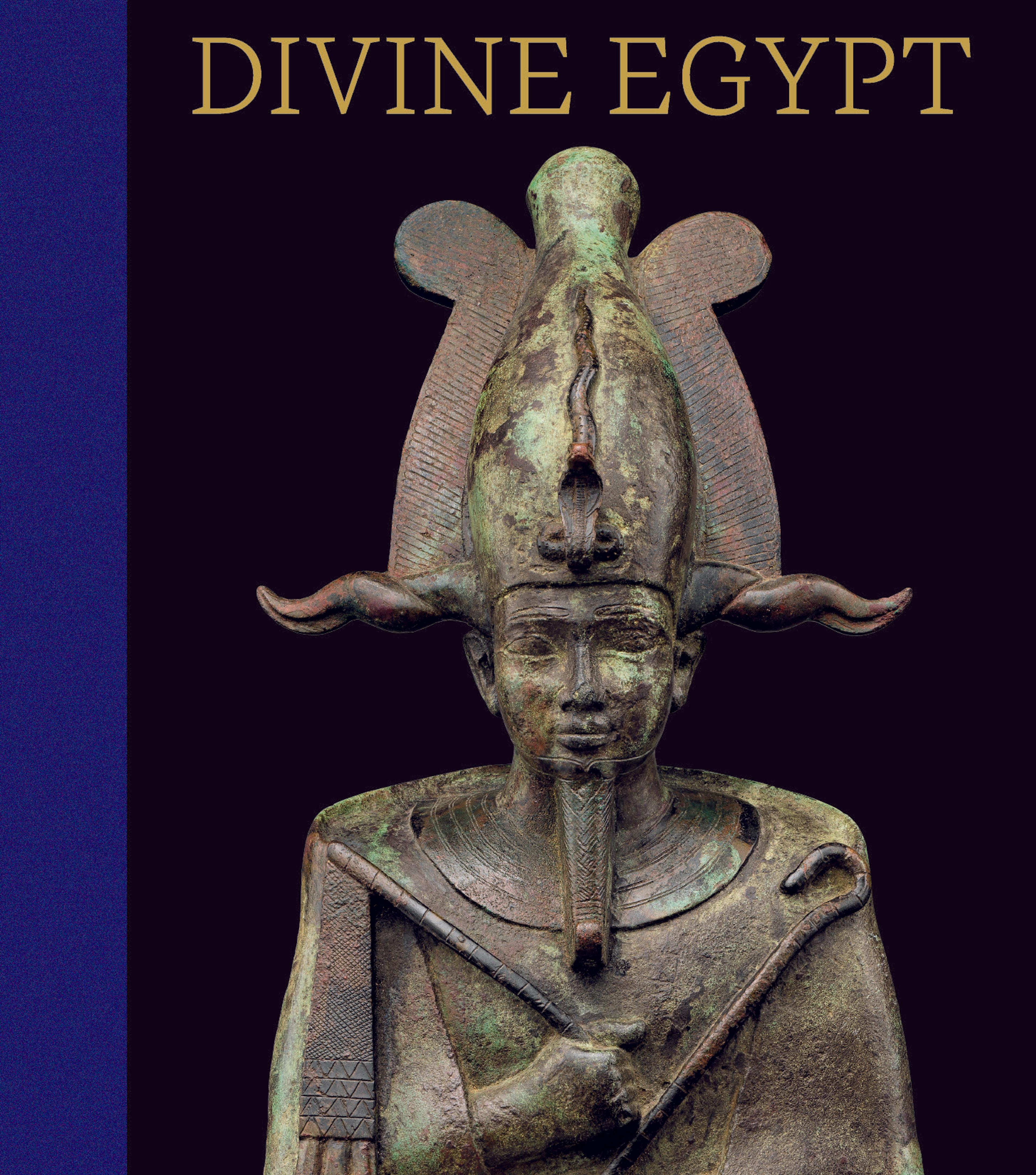Inlay of the Horus falcon on the hieroglyph for "gold"
This inlay is a composite hieroglyph, termed the Horus of Gold: the falcon god Horus sits on top of the sign for gold, a collar with ties. This sign appears before one of the royal names, called the "Horus of Gold name."
Artwork Details
- Title: Inlay of the Horus falcon on the hieroglyph for "gold"
- Period: Late Period
- Dynasty: Dynasty 30
- Reign: probably reign of Nectanebo II
- Date: 360–343 BCE
- Geography: From Egypt; Said to be from Middle Egypt, Hermopolis (Ashmunein; Khemenu)
- Medium: Faience
- Dimensions: H. 15.6 × W. 1.2 × L. 12.9 cm (6 1/8 × 1/2 × 5 1/16 in.)
- Credit Line: Purchase, Edward S. Harkness Gift, 1926
- Object Number: 26.7.996
- Curatorial Department: Egyptian Art
More Artwork
Research Resources
The Met provides unparalleled resources for research and welcomes an international community of students and scholars. The Met's Open Access API is where creators and researchers can connect to the The Met collection. Open Access data and public domain images are available for unrestricted commercial and noncommercial use without permission or fee.
To request images under copyright and other restrictions, please use this Image Request form.
Feedback
We continue to research and examine historical and cultural context for objects in The Met collection. If you have comments or questions about this object record, please contact us using the form below. The Museum looks forward to receiving your comments.
